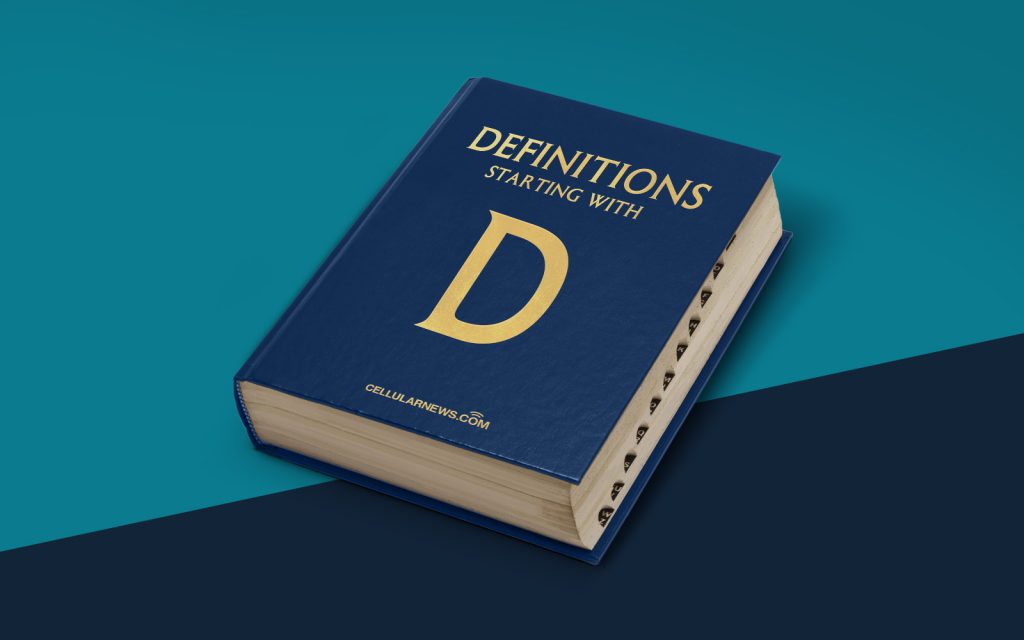
Unlocking the World of Data Communications (DC)
Welcome to the fascinating world of Data Communications (DC)! In today’s technologically advanced era, data communication plays a crucial role in connecting people, devices, and systems all around the globe. But what exactly is Data Communications? Let’s dive in and explore this exciting field.
Key Takeaways:
- Data Communications (DC) involves the transmission and reception of digital data between devices over a computer network.
- DC enables seamless information sharing, connecting people and machines around the world.
Defining Data Communications
Data Communications, often abbreviated as DC, refers to the transmission and reception of digital data between two or more devices over a computer network. It involves the exchange of information, such as text, images, audio, and video, through various communication channels.
Data Communications encompasses the entire process of transmitting, receiving, and processing data, facilitating effective communication and collaboration between people and machines. It allows for seamless information sharing, enabling businesses to operate efficiently, individuals to connect with one another, and the world to stay connected.
The Importance of Data Communications
Data Communications plays a crucial role in our daily lives and has revolutionized the way we connect and communicate. Here’s why it’s so important:
- Global Connectivity: Data Communications has connected the world like never before. It has made it possible for people to communicate instantly and effortlessly, regardless of geographical barriers. Whether it’s exchanging emails, video conferencing with colleagues across continents, or sharing updates on social media, DC has made global connectivity a reality.
- Efficient Operations: In the business world, effective communication is essential for smooth operations. Data Communications allows companies to share information quickly and securely, enabling teams to collaborate effectively. Whether it’s sharing files, accessing critical data from remote locations, or conducting online meetings, DC empowers businesses to operate efficiently and make informed decisions.
The Components of Data Communications
Data Communications involves several key components that work together to ensure seamless information exchange. Let’s explore these components:
- Sender and Receiver: The sender is the device that initiates the transmission of data, while the receiver is the device that receives the data. These devices can be anything from computers to smartphones, routers to servers.
- Medium: The medium is the physical pathway through which data is transmitted. It can be wired, such as fiber optic cables or Ethernet cables, or wireless, such as radio waves or satellite signals.
- Protocol: Protocols are a set of rules and standards that govern the format and transmission of data. They ensure that data is sent and received in a consistent and understandable manner. Common protocols include TCP/IP (Transmission Control Protocol/Internet Protocol) for internet communication and HTTP (Hypertext Transfer Protocol) for web browsing.
- Modem: Modem, short for modulator-demodulator, converts digital data into analog signals for transmission over analog communication channels and vice versa. It serves as a bridge between the digital world of computers and the analog world of telephone lines.
- Network Infrastructure: Network infrastructure refers to the physical and virtual components that enable data communication. This includes routers, switches, servers, cables, and wireless access points, among others.
Conclusion
Data Communications has transformed the way we connect and communicate, playing a vital role in our modern society. By understanding the fundamentals of Data Communications, we can appreciate the complexity and importance of the systems that enable us to stay interconnected.
So, the next time you send an email, make a video call, or stream your favorite show, remember the incredible world of Data Communications behind it all!
